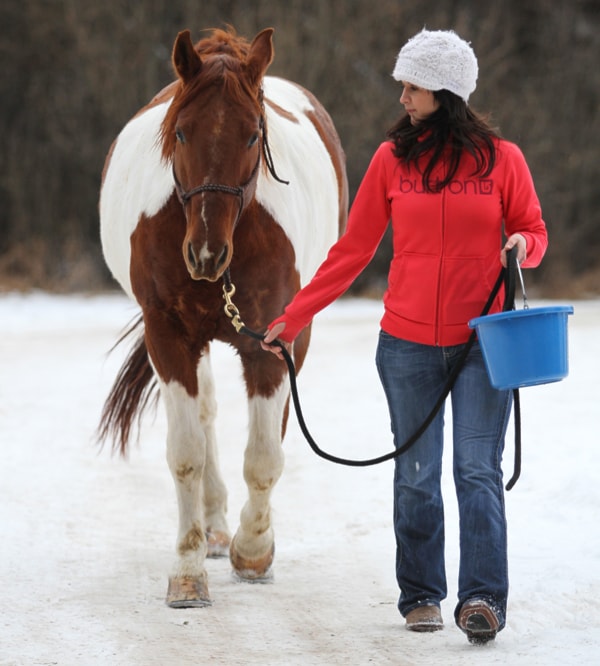The winter of 2011 seems to have lasted forever while spring was wet and cold and summer held off until September.
The numbers don’t show a great deal of variance from normals, but perception and reality don’t always reach the same conclusions, says meteorolgist Ross Macdonald with Environment Canada.
Overall, there was not a great deal of deviation from normal patterns, he said.
However, there were some wild exceptions, including heavy rainfalls in mid-July and a couple of abnormally warm days in late September.
Environment Canada is still working on some of the final details of its 2011 report, Macdonald said on Thursday.
Information now available shows that the year started off with what looked like a fairly normal winter, followed by a damp, cold spring — costly, too.
Alberta Municipal Affairs dished out $25 million for people, farms and communities hit by flooding in Southern Alberta throughout the month of April, including payouts to the Town of Olds and Red Deer County.
Then, a tornado chased an Innisfail couple out of their house on June 9. Monica Kaban and Mike Burlein took refuge in a shed while the storm blew across their yard.
When they returned, the house was intact but their new workshop was blown away along with their riding arena.
Environment Canada later reported that three or four tornadoes had touched down in the Olds and Sundre area on the same day.
The worst was yet to come.
A series of thunderstorms cut a swath across the Clearwater, Lacombe and Ponoka Counties on July 11 and 12, flooding highways, filling basements and drowning crops and gardens.
The two days of hail and rain resulted in $3.5 million worth of assistance provided by the Disaster Recovery Program to cover uninsured losses to six municipalities, one First Nations reserve, 209 homes, seven farms, 18 small businesses, and five condominium and institutional applicants.
Eckville Mayor Helen Post at the time said it seemed like one big thunderstorm just kept pounding the town, over and over.
“It was just like it was hovering and it would twist and change directions. There was a while there when the wind was coming sideways,” Posti said as crews cleaned up the next day.
When the nightmare was over, a heavy truck had fallen into a washout around a storm sewer, the basement of the Eckville Manor senior citizens home was flooded to the ceiling and numerous toilets had backed up because the sewer system had become overwhelmed.
While rain gauges in Eckville and Lacombe recorded readings of 100 to 250 millimetres of water during the storm, neighbouring communities got off with relatively little rainfail.
Environment Canada recordings from the Red Deer airport showing a total of 89.2 mm of rain during July, slightly below the average of 93, said Macdonald.
June, by comparison, was wetter than normal in 2011, with the Red Deer station reporting 118.4 mm while the average is 92.
Cloud seeders reported tackling the most hail storms in any year since the start in 1996 of the Alberta Severe Weather Management Society. By mid-August, the 2011 program had already seeded 128 hail storms over 42 different days with four weeks to go.
On average, the project seeds 89 storms over 30 days.
While a number of crops were wiped out in the storms, those that survived got a huge break later in the growing season when weather that had been wet and storm gave way to weeks of brilliant sunshine.
Among the most abnormal trends of all, the Alberta sun burst through with a vengeance in late August and stayed for the next month. Environment Canada recorded highs of 21C on Sept. 24 and 33C on Sept. 25, said Macdonald. Except for a couple of very cold days in November, the balmy weather has stuck around and doesn’t appear to be going away any time soon, he said.
bkossowan@www.reddeeradvocate.com
